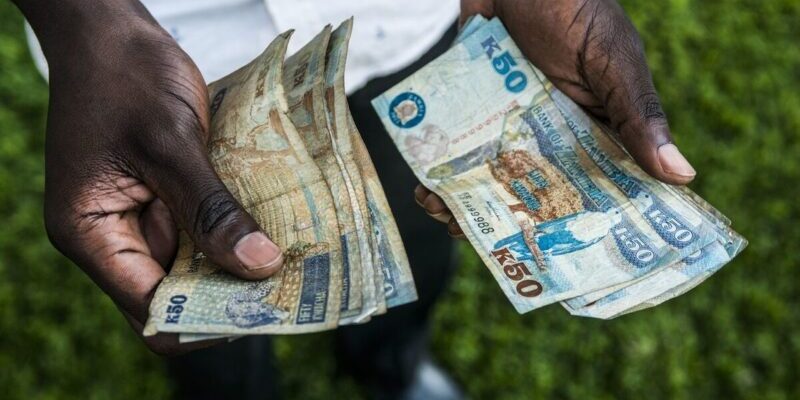Zambia’s Inflation Surges to Over Two-Year High Amid Severe Drought
Zambia’s annual inflation rate has soared to its highest level in over two years due to the country’s worst drought on record, resulting in a sharp increase in food prices.
According to acting Statistician General Chola Daka, the consumer price index rose to 13.7% in March, compared to 13.5% the previous month, with prices rising by 1.2% within the month.
The spike in inflation was primarily driven by surging prices of bread, cereals, and meat, causing food inflation to jump to 15.6% from 14.1% in the previous month. However, non-food inflation slowed to 11.2% from 12.7% in February, partly due to an appreciation in the kwacha.
President Hakainde Hichilema declared the ongoing dry spell, which has severely affected farming and hydropower generation, a national disaster and emergency last month.
To alleviate the impact, the government plans to adjust its national budget and import corn to address projected shortfalls.
The prolonged dry spell, attributed to the El Niño weather phenomenon, underscores the severe impact of climate change on Africa.
Despite contributing fewer greenhouse gas emissions compared to developed regions, Africa is increasingly vulnerable to extreme weather events.
However, the recent appreciation of the kwacha against the dollar, by almost 8% since February, has helped mitigate inflation by reducing the cost of imports.
The central bank’s measures to support the kwacha, including increasing the reserve-ratio requirement for lenders and raising the benchmark interest rate to its highest level in nearly seven years, have also contributed to currency stability.
Additionally, improved investment sentiment following Zambia’s agreement to restructure $3 billion in eurobonds has further supported the currency.
Nevertheless, the impact of the drought on inflation may prompt the central bank to consider another rate hike in May, potentially straining economic growth, which expanded by 5.8% in 2023.
106 total views , 1 views today





